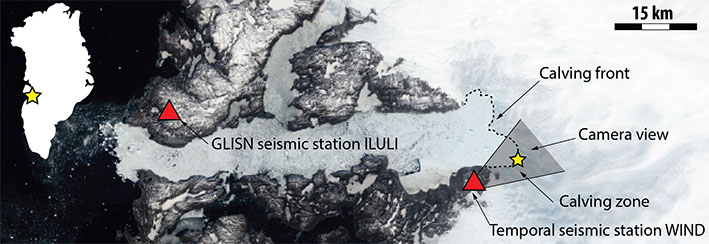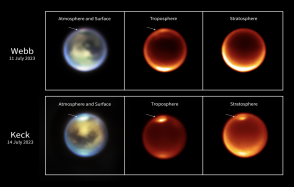Seismic waves to understand iceberg formation
Scientists at the IPGP have analyzed the earthquakes caused when icebergs detach from a glacier. For the first time, they have identified the different sources of these earthquakes.

Latest news









